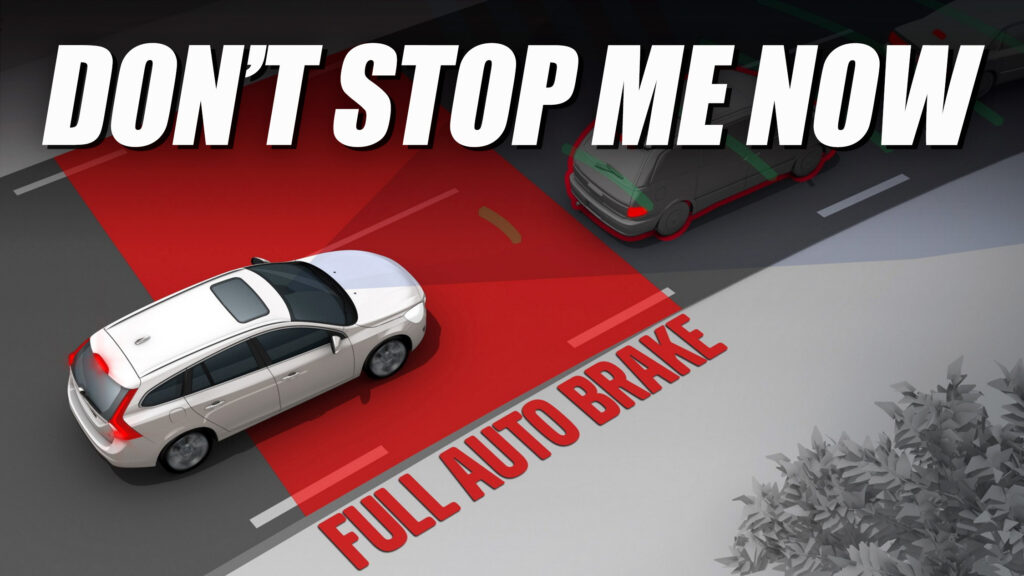- Automakers are asking the NHTSA to reconsider its recent ruling on the mandatory fitment of automatic emergency-braking tech.
- All cars and trucks sold in the US from 2029 must be able to brake by themselves at up to 62 mph.
- Opposition group representing GM, VW and Toyota says adding the equipment will be costly and could result in many rear-end collisions.
Carmakers want to put a stop to an NHTSA safety ruling demanding automatic emergency braking technology be fitted to every US passenger vehicle by 2029.
An opposition group called The Alliance for Automotive Innovation that represents GM, VW and Toyota claims that the requirement for vehicles to be able to stop and avoid a collision at up to 62 mph (100 kmh) is unworkable with automatic emergency braking (AEB) technology currently available, and could result in even more accidents.
Related: Auto Braking To Become Mandatory On All New U.S. Cars By 2029
It claims that AEB systems will end up slowing cars down much earlier than human drivers would, a situation that will lead to an increase in the number of rear-end collisions on American roads. But as you’ve probably already suspected, there’s also an economic angle to this. Automakers don’t want to spend the money.
“NHTSA’s action will require more costly systems that won’t improve driver or pedestrian safety,” the Alliance’s CEO John Bozzella wrote to Congress, as reported by Reuters.
The NHTSA made its decision in April, estimating that making AEB compulsory could save 360 lives per year. But the ruling has its roots in a 2021 instruction from Congress telling the NHTSA to work out guidelines for AEB applications.
Adding AEB to cars will require sensors and cameras that some, but not all vehicles already have, to tell the car when a collision is likely, and that will undoubtedly add to production costs. But because there is currently no industry standard for the effectiveness of AEB, even many cars that currently have it are unlikely to meet the NHTSA’s strict criteria.
In addition to being able to avoid a collision at up to 62 mph, the NHTSA ruled that vehicles sold after 2029 should also be able to detect a pedestrian at up to 45 mph (72 kmh) and apply the brakes.




